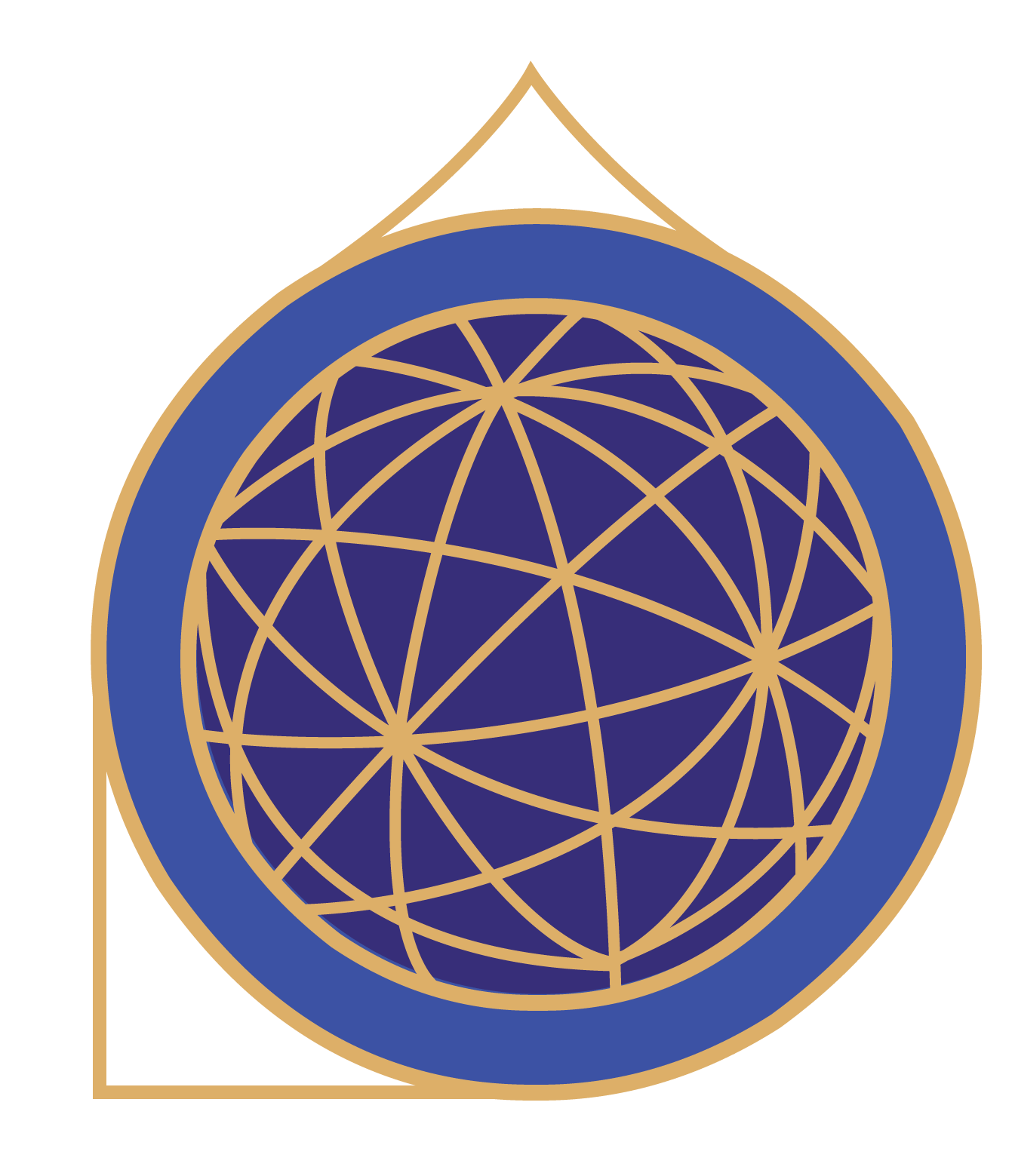A destra, un uomo caccia un cinghiale. A sinistra, un centauro armato, con in testa un berretto frigio, sfida un dragone.
L’uomo che colpisce il cinghiale è identificabile con Cefeo re di Etiopia, che durante la spedizione degli Argonauti partecipò all’uccisione del mitico cinghiale di Caledonia.
Nelle mappe celesti occidentali, Cefeo/Cepheus è una costellazione circumpolare, circondata da altre che si riferiscono a personaggi presenti nel suo mito: la moglie Cassiopeia, la figlia Andromeda, il genero Perseo.
Nell’arcone marciano Cassiopeia, la stolta moglie di Cefeo che con la sua vanità causò la condanna a morte della figlia, viene curiosamente a coincidere con la figura del cinghiale che Cefeo sta uccidendo.
Il centauro armato che sfida il drago è una figura in cui si sommano i tratti di vari altri personaggi della vicenda: l’eroe greco Perseo, il suo cavallo alato Pegaso, e la fanciulla Andromeda, da lui salvata dal dragone che avrebbe dovuto divorarla.
ll drago, posto in corrispondenza di una costellazione che porta il nome latino di Lacerta (la lucertola), ha i tratti dello Stellione, un piccolo rettile tipico dei luoghi rocciosi del Mediterraneo.
I Greci visualizzavano nel cielo la figura del cavallo celeste Pegaso come capovolta, con le zampe in aria e la testa in basso; rappresentando il cavallo in piedi, l’artista marciano segue invece la tradizione dell’astronomia araba medievale.
La stella Alpheratz (Alpherat, o Sirrah), α Andromedae, viene dall’arabo al surrat al-faras’, l’Ombelico del cavallo, un singolare dettaglio anatomico evidenziato dallo scultore. La seconda stella della costellazione, β Andromedae, porta il nome arabo Mirach che viene fatto derivare da mi’zar, la cintura, altro dettaglio ben evidente nella figura.
To the right, a man is hitting a boar with a spear. To the left, a centaur armed with spear and shield, wearing a Phrygian cap, challenges a dragon.
In the Western sky maps, Cepheus is a circumpolar constellation, surrounded by other characters present in his myth: Cassiopeia his wife, Andromeda his daughter, Perseus his son-in-law.
In St.Mark’s bas-relief, the man who hits the boar can be identified with King Cepheus of Ethiopia, who during the expedition of the Argonauts took part in the killing of the legendary Caledonian boar. Cassiopeia his foolish queen, who by her vanity caused a death sentence for their daughter, curiously coincides here with the boar that Cepheus is killing.
The centaur sums up the traits of various characters: the Greek hero Perseus, the winged horse Pegasus, and the heroin Andromeda. Perseus rescued Andromeda from the dragon, which, according to the myth, should have devoured her. The dragon, a constellation which bears the Latin name of Lacerta ('The Lizard'), has the traits of a stellion, a small reptile common in the Mediterranean.
The Greeks saw the figure of Pegasus capsized, legs in the air; the artist of St. Mark follows the tradition of the medieval Arab astronomy, which represented the horse upright.
The star Alpheratz (also called Alpherat, or Sirrah, α Andromedae) derives its name from the Arabic ‘Al Surratt at Faras’, ‘the Navel of the Horse’, an anatomic detail put in good evidence by St. Mark’s sculptor. The β star of the constellation, Mirach, probably derives from the Arabic ‘mi’zar’, 'the belt', another detail highlighted here.
Andromeda
Da/From: Johannes Hevelius, Firmamentum Sobiescianum sive Uranografia, Gdansk 1690 Incisione a bulino/Engraving
Lacerta sive Stellio
Da/From: Johannes Hevelius, Firmamentum Sobiescianum sive Uranografia, Gdansk 1690 Incisione a bulino/Engraving

